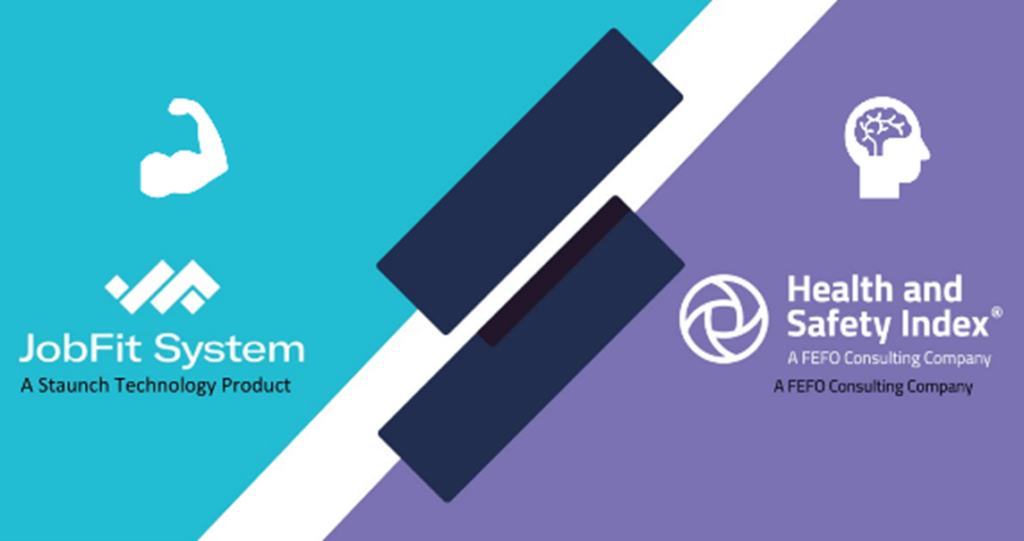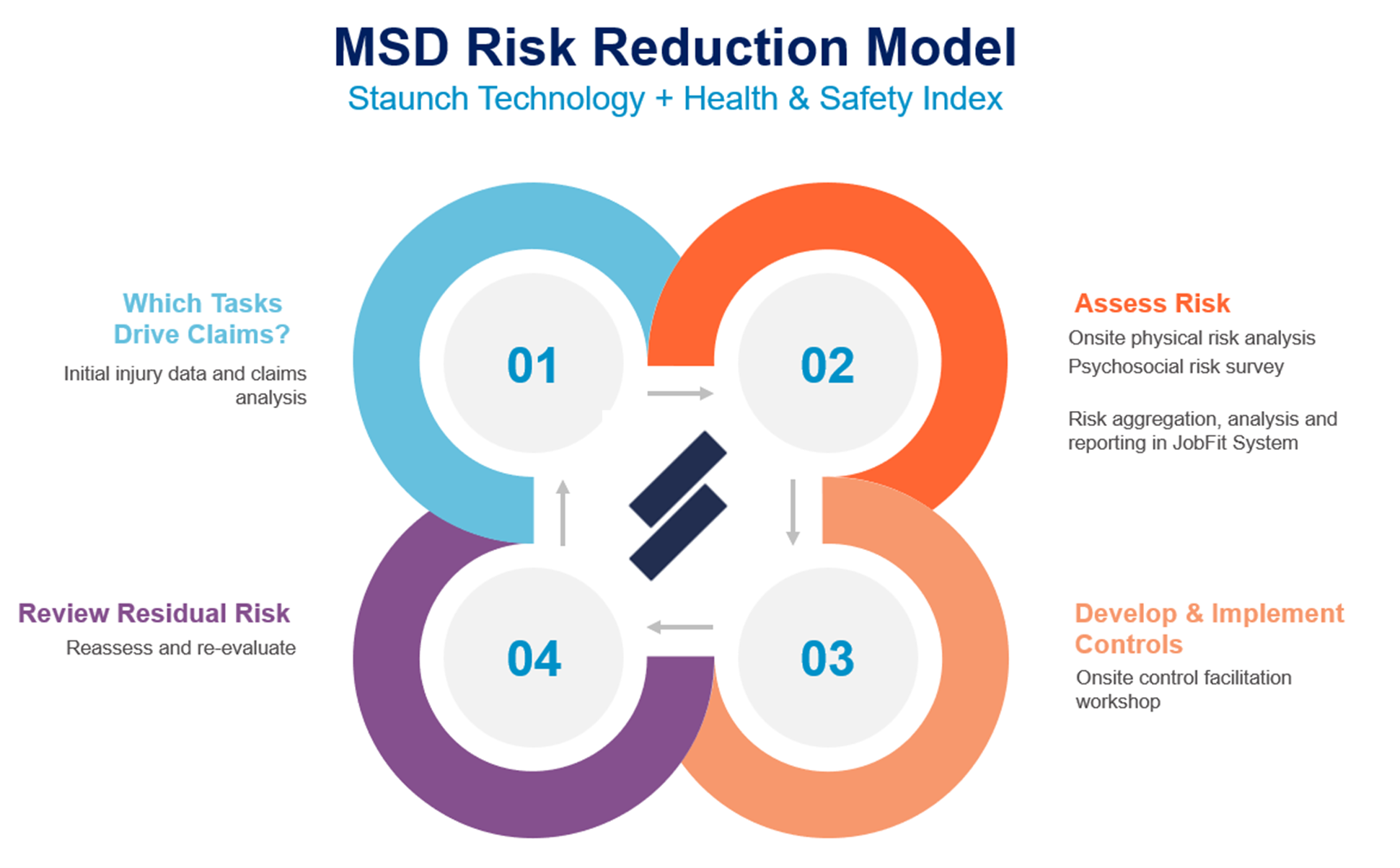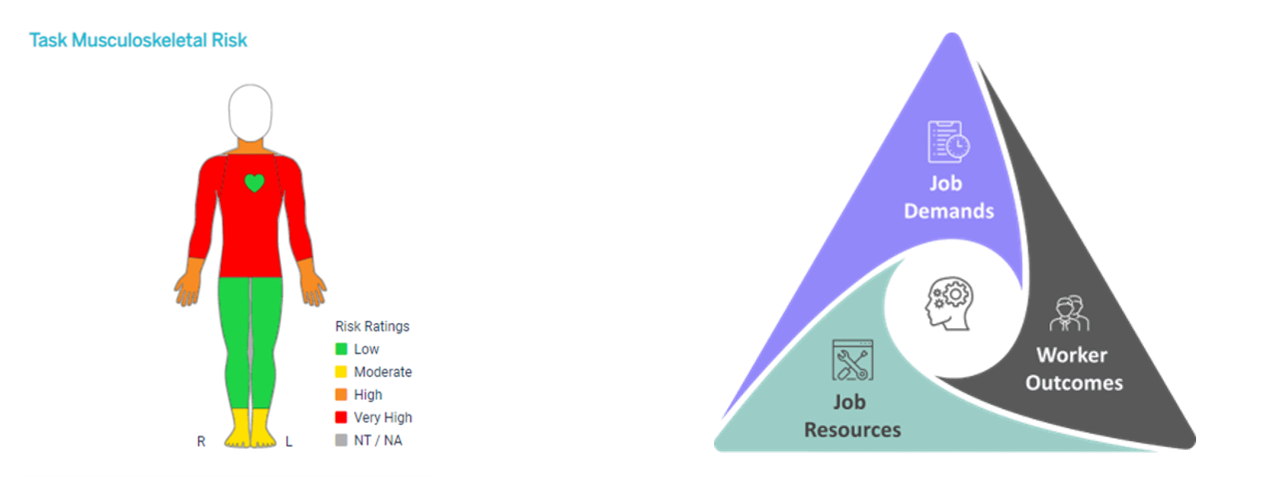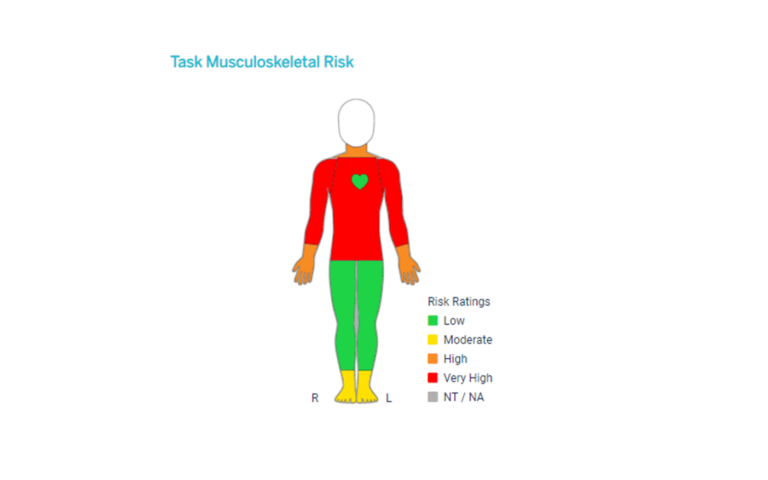
Unlocking the Puzzle of Musculoskeletal Workers’ Compensation Claims
In the dynamic realm of workplace safety, musculoskeletal workers’ compensation claims continue to hold the unwanted title of the foremost contributor, accounting for 58% of serious claims costs in Australia. The numbers underscore a deeper issue – the intricate interplay between physical and psychosocial factors that fuel work-related musculoskeletal disorders (MSD).
The Alarming Scenario
Safe Work Australia data paints a clear picture: musculoskeletal workers’ compensation claims persist as the unrivaled titan in the workers’ compensation arena, driving both human suffering and financial strain.
38% of workers with MSD claims report moderate or severe psychological distress. Furthermore, secondary psychological conditions following primary MSD are four times more costly than a primary psychological claim and lead to three times more time off work.
Leading research in this space has concluded that physical and psychosocial factors intertwine to drive work-related MSD. Addressing these risk factors simultaneously is not just a strategy but a necessity if you’re serious about decreasing MSD.
Collaboration for Comprehensive Solutions

Staunch Technology and Health & Safety Index have integrated our respective products to offer a unified solution. This collaboration aims to mitigate risks and will revolutionize the approach to MSD prevention.
By recognizing that physical and psychosocial factors are two sides of the same coin, our partnership seeks to reshape the landscape of workplace health and safety.
Decoding the MSD Risk Reduction Model
Our MSD risk reduction model is a proven process that navigates through the complexities of workplace safety. It begins with the JobFit System Task Analysis, a comprehensive toolset dissecting functional task data to pinpoint physical risks in the workplace. Simultaneously, the Health and Safety Index Psychosocial Dx survey is designed to specifically align with ISO 45003 guidelines for managing psychosocial risk. The Psychosocial Dx focuses on identifying and addressing organizational and psychosocial risk factors that often lurk beneath the surface.

Empowering You to Take Control
The collaboration brings together the robust JobFit System Task Analysis and the insightful Psychosocial Dx, forming a powerful synergy that empowers businesses to take control of their workplace safety. This integrated model clearly identifies risk and guides users through the development of targeted controls and a thorough review of residual risks.

Your Gateway to Psychosocial Understanding
For a deeper understanding of psychosocial risk, explore the offerings of the Psychosocial Dx. Engage with insightful webinars and access valuable resources on the Healthy & Safety Index website.
Take Action Today
Reduce your MSD risk and costs today by contacting [email protected]. Our experienced team will be in touch to guide you through a free consultation to explore an exclusive partnership offer that’s right for you and ensures your workplace is a safer, healthier environment.
References:
- Bezzina A, Austin E, Nguyen H, James C. Workplace Psychosocial Factors and Their Association With Musculoskeletal Disorders: A Systematic Review of Longitudinal Studies. Workplace Health Saf. 2023 Dec;71(12):578-588. doi: 10.1177/21650799231193578. Epub 2023 Sep 12. PMID: 37698343; PMCID: PMC10676046.
- Deloitte. (2019). The cost of ignoring the mental health and wellbeing of your workforce. https://www.deloitte.com/au/en/services/risk-advisory/blogs/cost-of-ignoring-mental-health-and-wellbeing-of-workforce.html
- Monash University. (n.d.). Secondary psychological injury in workers’ compensation schemes. https://www.monash.edu/__data/assets/pdf_file/0003/2920665/secondary-psychological-injury-one-page-summary.pdf
- Oakman J, Weale V, Stuckey R, Kinsman N, Nguyen. The link between workplace stressors and physical injury: A systematic review and qualitative study (2021). Available from: https://www.centreforwhs.nsw.gov.au/research/the-link-between-workplace-stressors-and-physical-injury/summary-report-the-link-between-workplace-stressors-and-physical-injury
- Safe Work Australia. (2022). Australian Workers’ Compensation Statistics. https://www.safeworkaustralia.gov.au/sites/default/files/2022-12/australian_workers_compensation_statistics_2020-21.pdf










